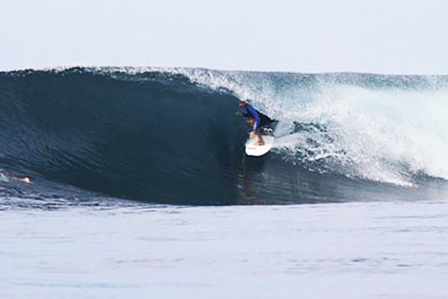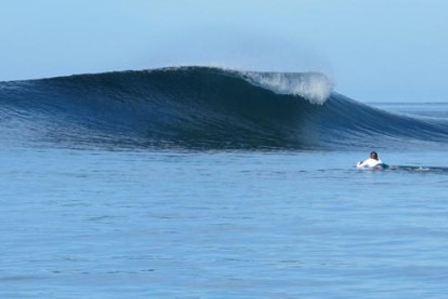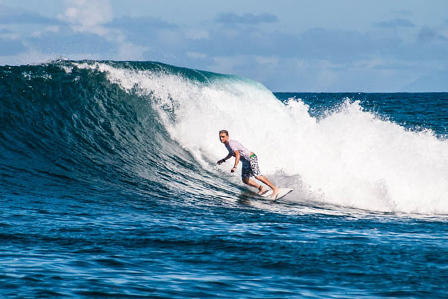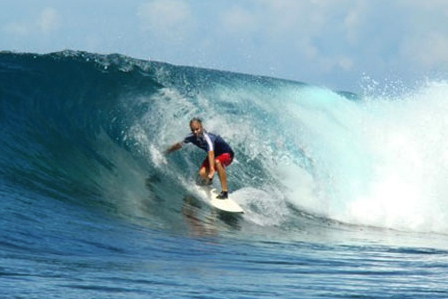Surfing in Fiji does not need much introduction; some of the best waves on the Planet can be found here, with excellent consistency throughout the year.
There are ones year-round in Fiji, but there are two different surf seasons. One is from April to October when low-pressure systems in the southern hemisphere produce substantial swells that can reach up to 8-10 feet.
The summer season from December to April and is associated with swells of shorter duration, 1-3 days. During this period, however, conditions could be called “tropical” since it is breezy or light throughout the day and warm with afternoon showers. This is the time when local breaks really start to fire. During the winter season, SE trade winds are predominant and blow offshore at Pipe and Frigates for up to a week at a time. There are usually a few days of calm winds between weather patterns, so we can get to surf the other local breaks if the swell is small enough.
All surfbreaks are developed above the reef, and when there is measurement, it can be difficult for inexperienced surfers. Therefore, surfers must be competent and confident in their abilities.
Recommended surfboards are “hotdog” shortboards and a larger semi-gun for more powerful days. Surf shorts can be worn year-round, and a rashie, wetsuit and sunscreen are needed for protection. Booties are optional to protect feet from the reef.
Spot in Fiji
| Frigates This world-class wave can rival Cloudbreak in size, perfection and consistency. It offers long walls and large tubes Swell: SW Wind: E-SE (trade winds) Tide: all tides |  |
| Fiji Pipe This fast left is a playground for those looking for epic pipes! Below 3 feet this wave will appeal to most surfers, but once over it can become quite critical and should only be attempted by experienced surfers. Swell: SE-S Wind: NE-SE Tide: Mid-High |  |
| J‘s Jays is a fast right-hander that needs some swell to work, but once it does, it is a world-class wave that offers workable tubes and sections. It can become quite critical once overhead; it is best suited for intermediate to advanced surfers. Swell: W-SW Wind: NE-NW Tide: Mid-High |  |
| Shifties It gets its name from its shifty peaks, with take offs in deep water making a “not too threatening” wave. This wave picks up all the swell so when everywhere is flat you can almost guarantee a 4-foot wave at Shifties. Try: SW Wind: N-NW Tide: all tides |  |
| Serua This quality right has an easy take off, before hitting the inner reef, growing in size, giving plenty of time to set up the tube or a series of maneuvers. Swell: S-SW Wind: N-SW Tide: all tides |  |
| Vunaniu This right is a wedge with a tubular section at the end. It is usually smaller than other breaks and is a good option for children at high tide. Swell: SW-W Wind: NE-W |  |
